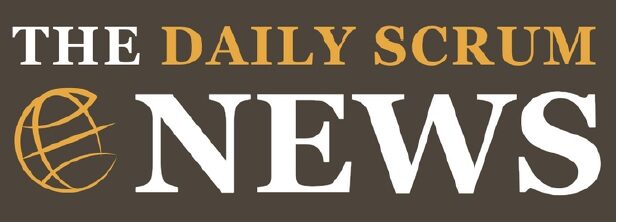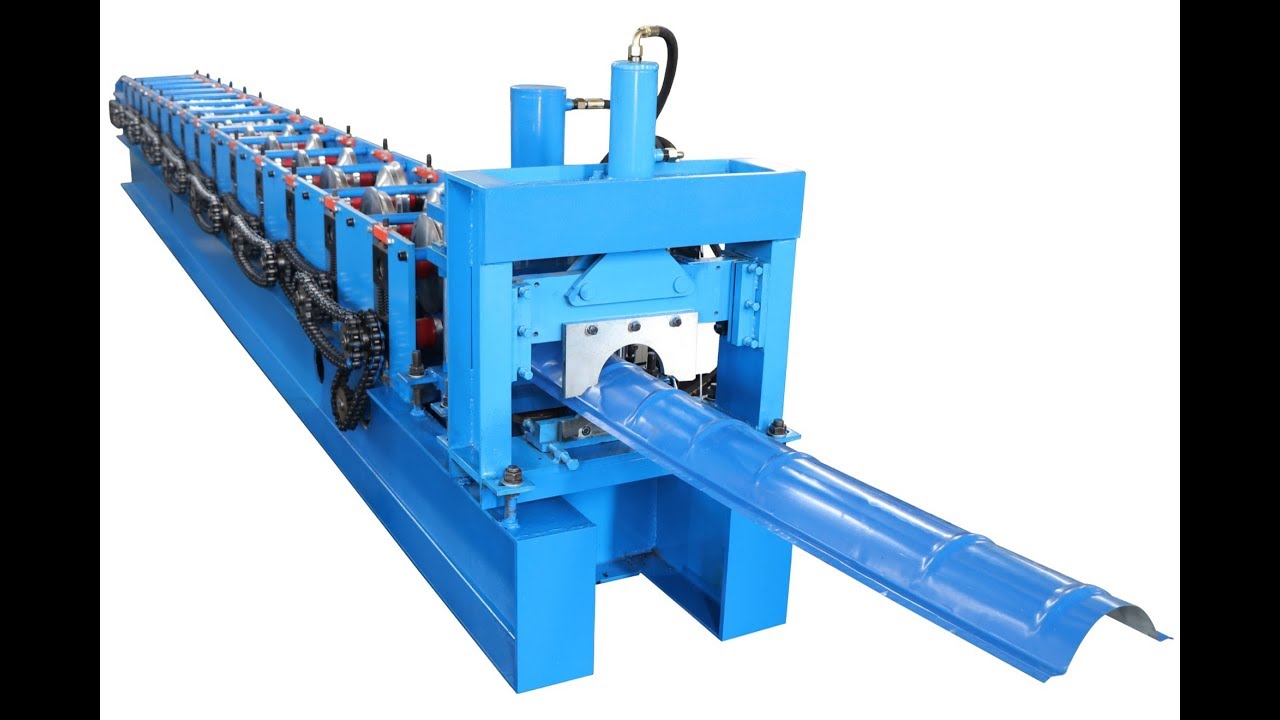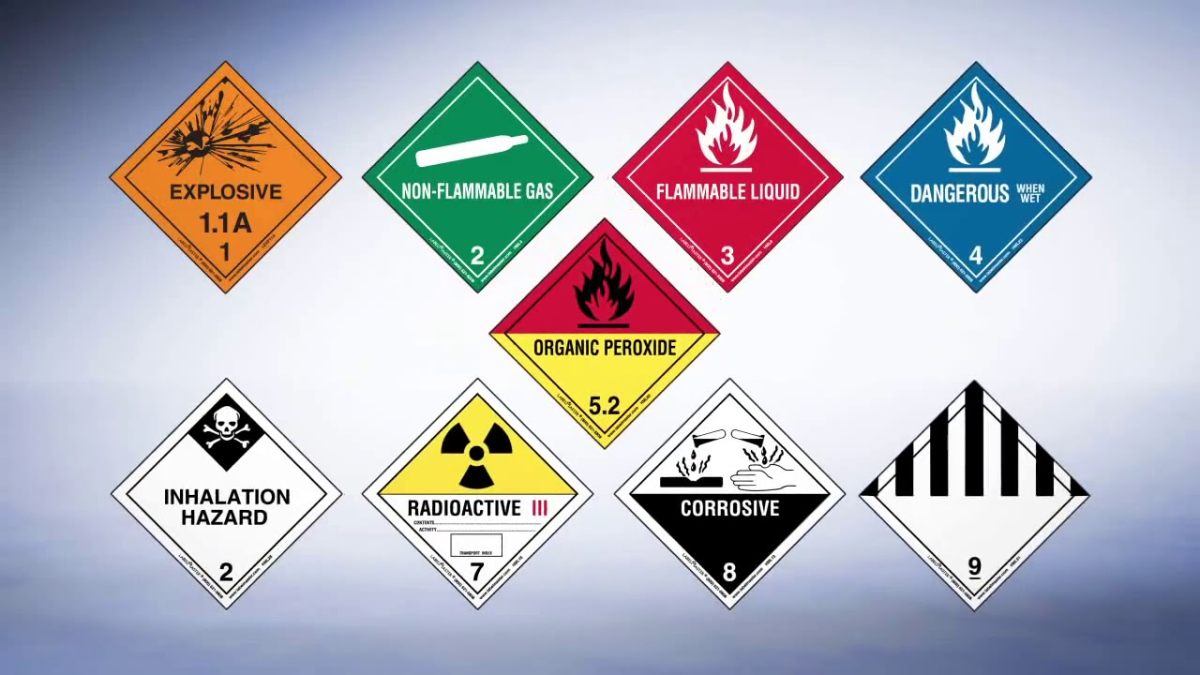Lawn Mower Market is estimated to be valued at US$ 46.32 Billion in 2031
- Ronak Shah
- World News
- January 8, 2025

A newly published report by Coherent Market Insights reveals a sustainable growth in opportunities in the lawn mower market. Coherent Market Insights’ analyst projected the lawn mower market to be valued at US$ 46.32 Bn in 2031. It is expected to exhibit a CAGR of 4.3% over the forecast period 2024-2031.
Rapid urbanization across the globe drives market growth. As urbanization increases there is more demand for well-maintained and manicured lawns in both residential and commercial areas. This creates a huge demand for lawn mowers to effectively cut and trim grass.
Moreover, increased disposable income has led consumers to spend more on gardening equipment and accessories to enhance the aesthetic appeal of their properties.
Key Market Trends:
Zero-turn mowers trend is a key trend driving market growth. Zero-turn mowers are gaining widespread acceptance among both residential and commercial users owing to their superior manoeuvrability and efficiency. They can cut grass much faster as compared to traditional riding lawn mowers.
Remote-controlled lawn mowers trend: Remote-controlled or robotic lawn mowers are automated grass trimmers that require minimal human intervention. They work independently based on schedules and can navigate property boundaries independently. With development of advanced technologies remote-controlled lawn mowers are becoming more intelligent and affordable.
Market Opportunities
On the basis of end-user industry: The residential segment is expected to hold a substantial share in the lawn mower market during the forecast period. Increasing number of households with lawns and gardens across developed countries is a major factor driving the demand for residential lawn mowers. Various advantages offered by lawn mowers such as ease of use, versatility and ability to manicure lawns as per preferences is augmenting their popularity in residential settings.
The commercial segment is anticipated to grow significantly over the coming years. This is due to rapid urbanization and increasing commercial construction activities worldwide. This is leading to installation of more outdoor spaces such as parks, golf courses, sports fields and lawns in commercial establishments. Strict standards regarding maintenance of turf areas and landscapes in commercial properties is fuelling the sales of commercial lawn mowers.
Key Market Takeaways
The global lawn mower market is anticipated to witness a CAGR of 4.3% during the forecast period 2024-2031. This is owing to rapid growth of turfgrassing and landscaping industry worldwide.
On the basis of end-user industry, the residential segment is expected to hold a dominant position. This is owing to high ownership of private houses with lawns across regions.
By type, riding & robotics segment is projected to witness fastest growth due to rising demand for convenience and hands-free operation.
In terms of propulsion type, electric lawn mowers are gaining significant traction compared to ICE variants. This is due to silent operation and zero-emissions.
By battery type, lithium-ion battery operated mowers are emerging as a popular choice over lead-acid. This is due to higher power capacity and longer run-time per charge.
North America is expected to hold a dominant position over the forecast period. This is due to early adoption of landscaping practices and high spending on lawn care equipment in countries like US and Canada.
Competitor Insights
Key players operating in the lawn mower market include
American Honda Motor Co., Inc.
Ariens Company
Briggs & Stratton
Deere & Company
Husqvarna Group
MTD Products
Robert Bosch GmbH
Robomow Friendly House
The Toro Company.
Recent Developments:
Yarbo introduced a snow blower in 2024 that was supported by RTK (Real-time Kinematic Positioning) technology. The mower can operate on its own and can be used online.
In July 2022, Toro unveiled a new range of robotic lawn mowers that improved obstacle recognition and did away with perimeter cables by using cameras for positioning. More information is available in full report








